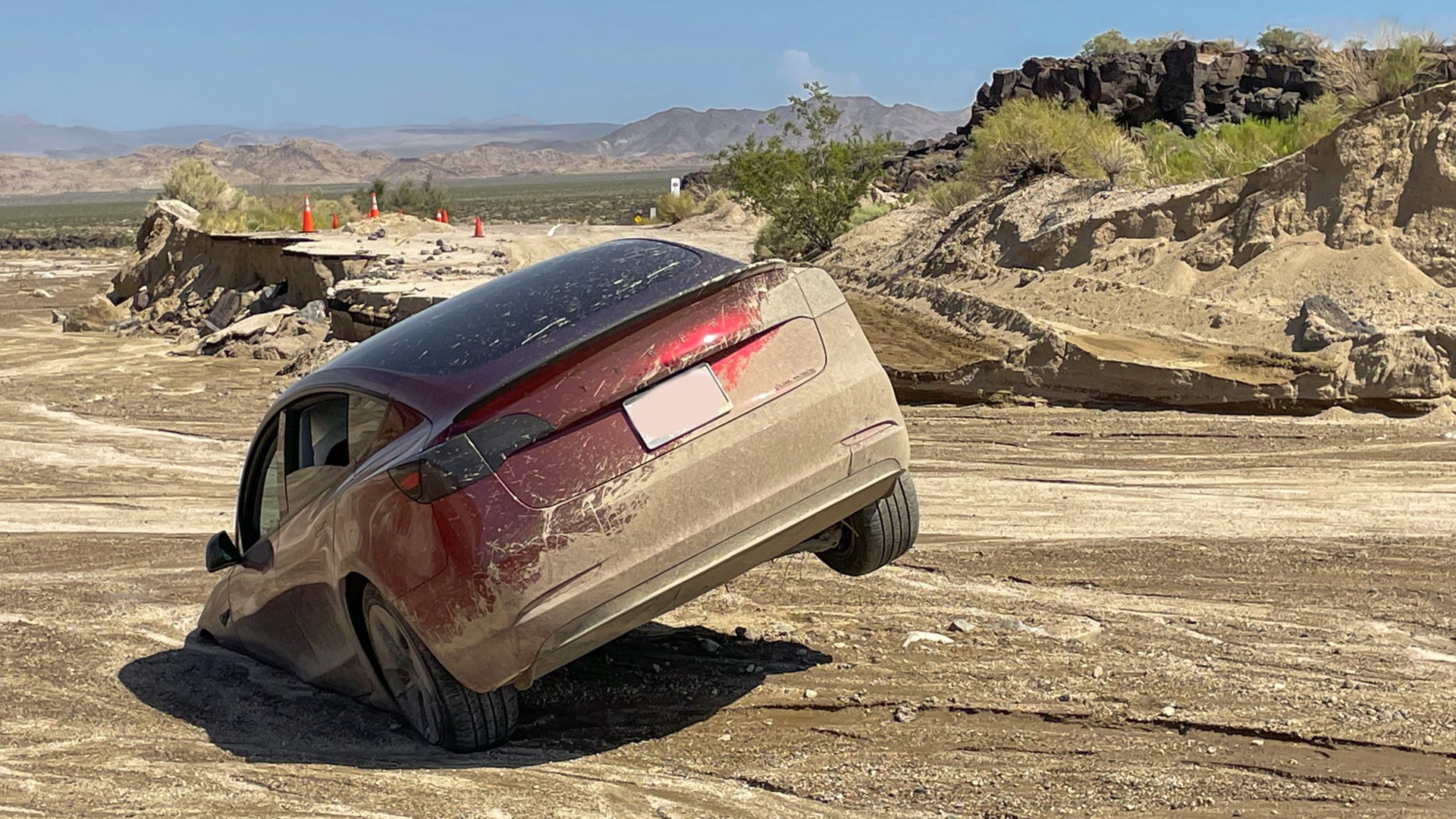

The Mojave Desert is one of the driest, hottest places on Earth, with an average temperature in July of 117 degrees Fahrenheit and around two total inches of rainfall per year. However, flash flooding can still occur, and now it’s happened twice this month. The most recent bout of flooding Friday washed out significant sections of the Mojave National Preserve and closed off all major roads, effectively closing the park to the public for the second time this month.

The monsoon season in the Mojave typically happens in late summer and is characterized by sudden, violent thunderstorms that dump inches of rain in a very short time span. The dry soil and drought-friendly vegetation cannot sop up the rainfall fast enough during these outbursts, and flash flooding can happen very easily. This most recent rainstorm saw rainfall of up to four inches in parts of the park over a three-day period, and many of the main roads crisscrossing the 1.6 million-acre preserve were washed out by standing water and mud, stranding campers. The National Park Service undertook temporary repairs on some trails to rescue waterlogged campers, but the main roads to the park remain closed and the Park Service asks travelers to not bypass closures due to safety concerns.



This storm, while intense, was at least less damaging than the previous thunderstorms that hit at the beginning of August, which stranded over 1,000 people in the park as flash floods buried dozens of cars in sediment, wiped out entire sections of paved roads, and flooded hotels and offices in and around the preserve. That storm was considered a one-in-1,000-year rainstorm, which was one of half a dozen one-in-1,000-year rainstorms seen throughout the U.S. this summer; severe rain has become so intense in past years as hotter air temps cause more violent rainstorms that NOAA is considering updating what it considers a one-in-1,000-year event.
In either case, it goes to show that the dangers of the Mojave—and of climate change—aren’t just relegated to heat.